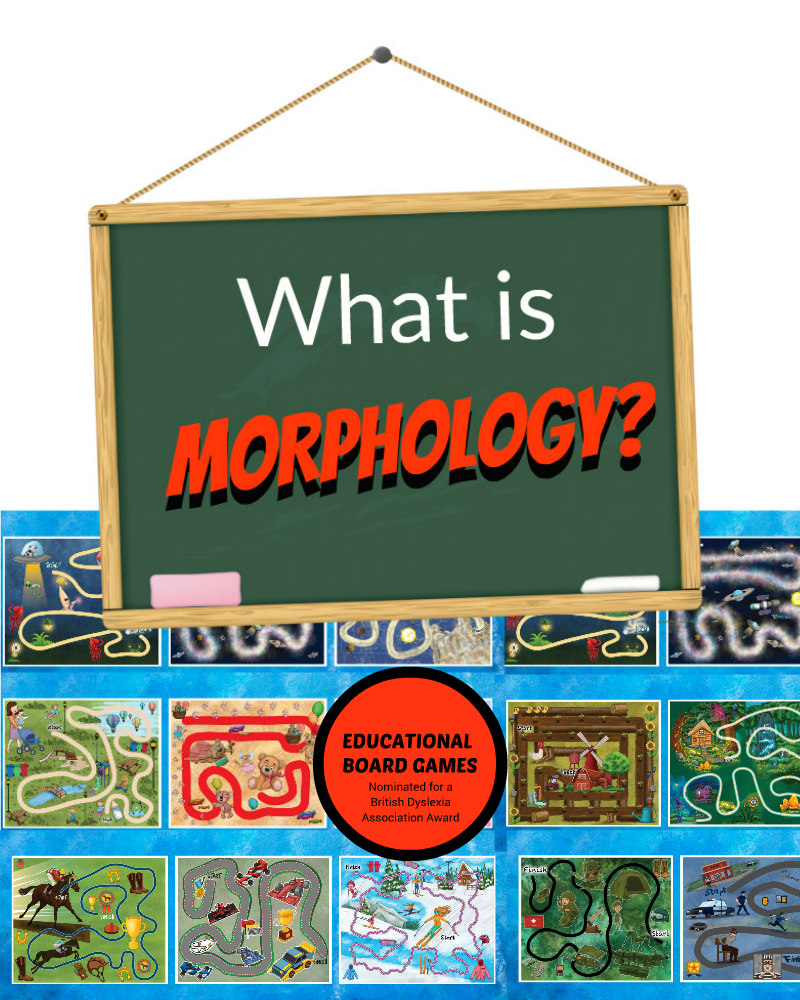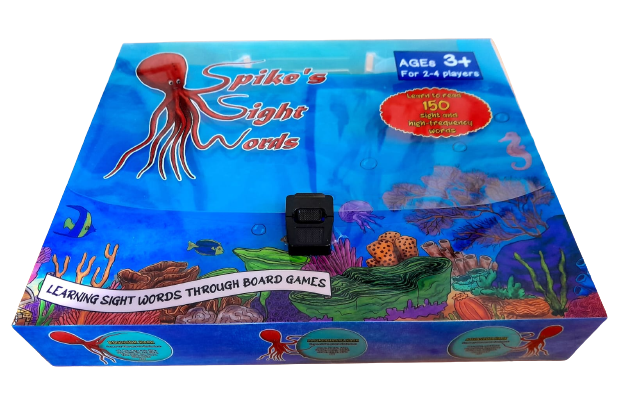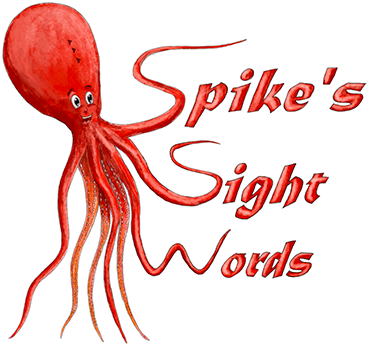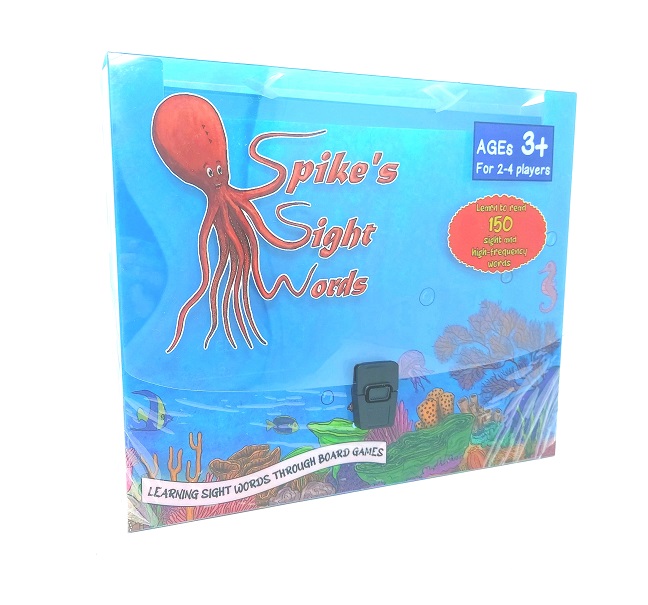
A morpheme is the smallest unit of meaning. Some words have only one morpheme
(e.g., jump, maple, tiger) while many others are made up of two or more morphemes.
For instance, the word apples contains two morphemes:
1. “apple” – tells us about the fruit
2. the suffix “– s” tells us about how many of that fruit
Therefore, adding prefixes and suffixes—both of which are examples of morphemes—can alter a word’s meaning.

It is hard to over estimate the importance of reading on an individual’s access to knowledge, prosperity, health, and social engagement. Yet, unlike spoken language, which is acquired by all typically-developing children, reading is a learned skill that requires years of practice and formal instruction.
Individuals who can consciously recognize, comprehend, and manipulate these small units of meaning are engaging in morphological awareness. In other words,
morphological awareness is an understanding that prefixes and suffixes can be added or taken away to change the meaning of a word.
Morphological awareness provides a powerful tool for improving many areas of literacy:
Vocabulary comprehension
Reading aloud
Spelling
Phonological awareness
Reading comprehension

Morpheme Types
There are two major types of morphemes: free morphemes and bound morphemes. The smallest example is made up of one of each of these types of morphemes.
Small – is a free morpheme
-est – is a bound morpheme
Free Morphemes
A free morpheme is a morpheme that occurs alone and carries meaning as a word. Free morphemes are also called unbound or freestanding morphemes eg,Frigid, are, Must.
Lexical Morphemes
Lexical morphemes carry the content or meaning of a message eg,Stand, Stage, Compact.
Functional Morphemes
As opposed to lexical morphemes, functional morphemes do not carry the content of a message. These are the words in a sentence that are more functional, meaning that they coordinate the meaningful words eg, With, There, And
Bound Morphemes
Unlike lexical morphemes, bound morphemes are those that cannot stand alone with meaning. Bound morphemes must occur with other morphemes to create a complete word.
Inflectional Morphemes
When a bound morpheme is attached to a word but does not change the root word’s grammatical category, it is an inflectional morpheme. These morphemes simply modify the root word in some way eg, Fireplace + s = fireplaces


